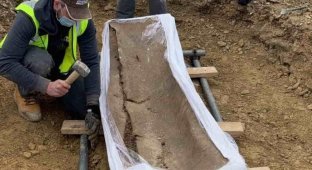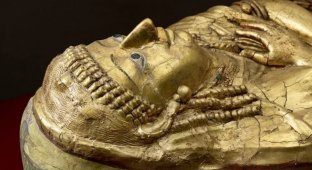Ancient chariots with harnessed horses unearthed in China (4 photos)
Under them were the burials of people. 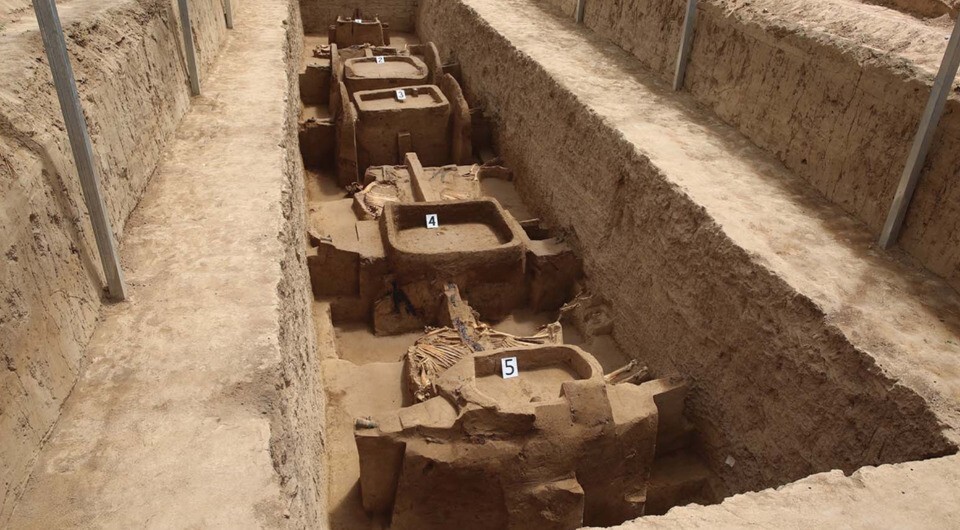
During excavations in the Chinese province of Gansu, archaeologists found a pit where there were five chariots. Four of them were harnessed by pairs of adult horses sacrificed at the age of seven or nine years. Under these chariots the explorers found burials of seven people committed in the 1st millennium BC - at the very end of the Bronze Age. This is reported in an article published in Antiquity magazine.
An important page in the history of mankind has become domestication of a horse. This increased mobility, improved trading and cultural ties, changed the way we do business and military affairs. It is assumed that initially these animals domesticated for meat and milk. However, more recently anthropologists came to the conclusion that already at the very dawn of domestication (about five thousand years ago) the Yamnaya culture seems to have moved riding horses. 
Location of the Shi Jia Monument
Genetic evidence suggests that all modern domestic horses are descended from a population whose ancestral home is located in the Pontic-Caspian steppe, from where they spread to different regions after 2200 BC era. To a slightly later time are the oldest and convincing evidence of the use of chariots, in which harnessed horses: monuments of Sintashta culture. Fast enough this innovation spread to other regions.
A group of archaeologists and paleozoologists from China and USA led by Yue Li from Northwestern University in Xi'an, researched ancient evidence of the use of chariots in China.
Scientists note that domesticated horses appear for the first time in the middle reaches of the Yellow River at the end of II millennium BC, when the Shang state existed (about 1600-1046 BC). At the same time, horses began to be used as part of the funeral ritual, when for them built separate pits where animals were placed together with or without chariots. Even more important is this practice received in the Zhou era (XI-III centuries BC). 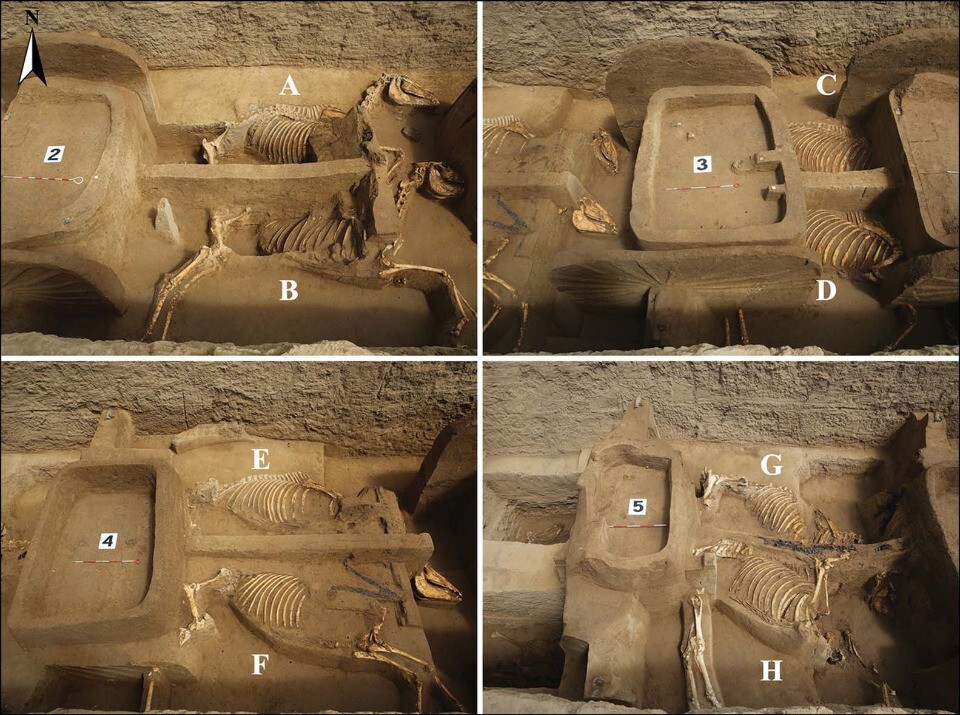
Chariots drawn by pairs of horses
During the excavation of the archaeological site Shija, located in Gansu Province, researchers found a large hole. It contained five chariots, four of which were drawn by a pair of horses. Under drawn by chariots, archaeologists also found the shallow graves of seven people who were buried in wooden coffins. Typological analysis of the discovered artefacts made it possible to date this object to VII–VI centuries BC. Radiocarbon dating has indicated to the middle of the 1st millennium BC. 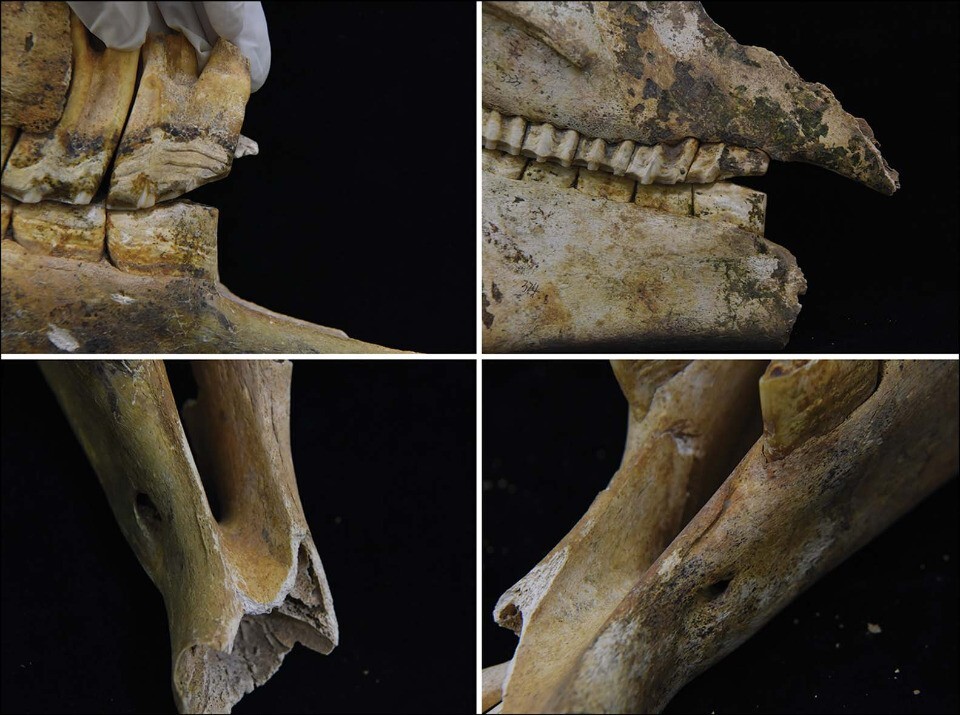
Changes in the bones of horses caused by their use as draft animals
Then paleozoologists studied the remains of horses. All individuals, sex and whose age was determined turned out to be adult males, lived from 9 to 12 years. On their teeth and bones, scientists discovered anomalies that made it possible to conclude that that all horses were used as draft animals. Quite it is possible that the discovered horses from a young age were preparing for chariot ride. And in the prime of life they were selected for ritual burial with the dead people.













